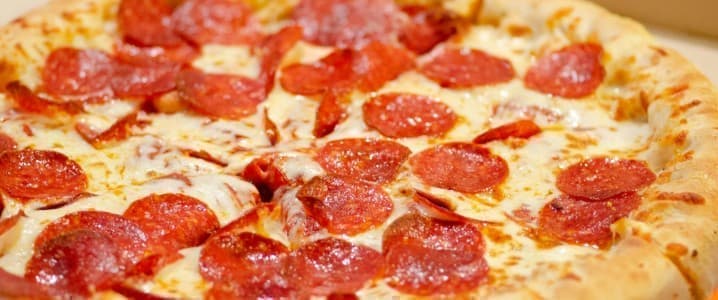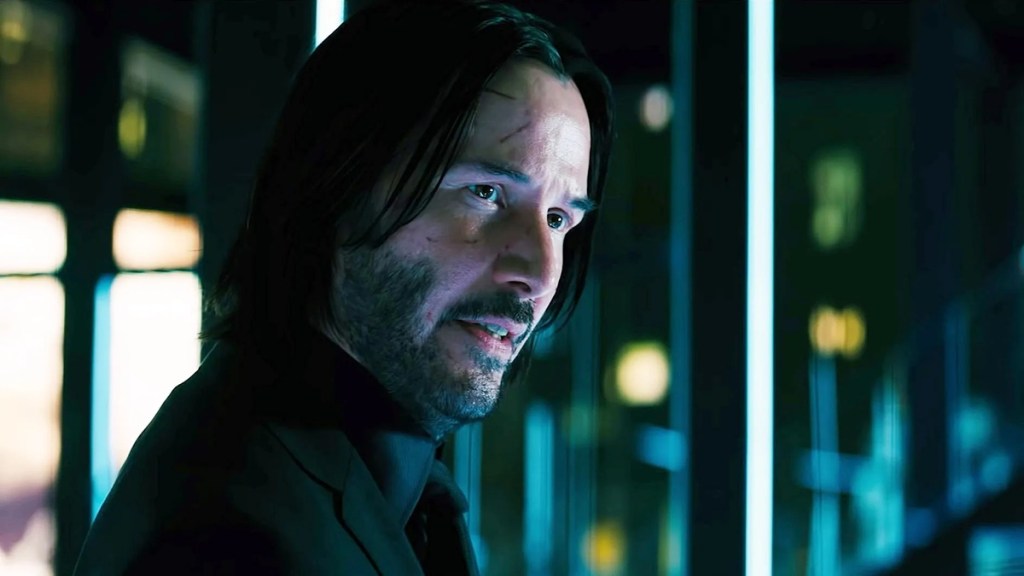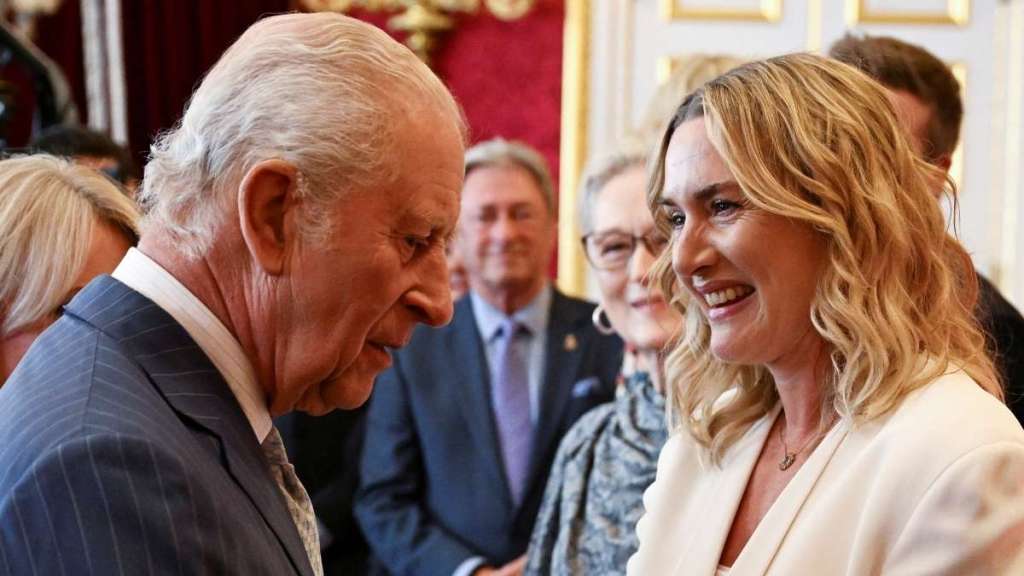Pentagon Pizza Index Links Late-Night Orders to Global Crises

The Pentagon Pizza Index suggests that increases in late-night pizza deliveries to the Pentagon may indicate significant geopolitical events. This unconventional theory, which blends open-source intelligence with everyday behaviors, offers a curious lens into the operations of one of the world’s most powerful military establishments. Historical patterns reveal a striking correlation between pizza order surges and major military actions.
Historical Patterns and Military Actions
In October 1983, the United States invaded Grenada to remove a Marxist regime amid Cold War tensions. On the eve of this operation, pizza deliveries to the Pentagon reportedly surged, with orders nearly doubling, according to Frank Meeks, a Domino’s franchise owner in the Washington, D.C., area. His drivers noted an unusual volume of late-night orders directed to government buildings, aligning with planning sessions as the Reagan administration prepared for the invasion. This incident marked the inception of the Pizza Index’s reputation as a quirky predictor of military engagement.
As preparations ramped up for Operation Desert Storm in January 1991, late-night pizza orders to the Pentagon and the CIA saw a similar spike. Meeks’ delivery teams were again busy, indicating a near doubling of orders. This surge coincided with the intense buildup of coalition forces preparing to expel Iraqi troops from Kuwait. The connection between pizza orders and military mobilization captured the attention of journalists, solidifying the Pizza Index’s status as a notable, albeit unconventional, indicator.
Another significant event occurred in December 1989, when the U.S. launched Operation Just Cause to oust Panamanian leader Manuel Noriega. On the night prior to the operation, pizza deliveries to the Pentagon again saw a dramatic increase, mirroring the earlier Grenada pattern. Meeks reported a flood of orders, with heightened security observed at government facilities, further supporting the theory.
In December 1998, amidst chaos from the U.S. launching Operation Desert Fox against Iraq while President Bill Clinton faced impeachment hearings, pizza deliveries to the White House increased significantly. Reports indicated a 32% rise in extra-cheese pizza orders alone, with similar trends noted at the Pentagon. This dual crisis—military and political—kept government staff fueled with late-night pizza.
Modern Correlations and Emerging Trends
The Pizza Index has adapted to the digital age, with social media accounts tracking real-time delivery trends. On April 13, 2024, as Iran launched drone and missile attacks on Israel following a consulate bombing, local pizzerias near the Pentagon recorded unusual activity. Google Maps and delivery apps indicated increased foot traffic, corroborating the theory that late-night pizza orders could signal impending crises. Similar spikes were noted before the assassinations of Hamas leader Ismail Haniyeh and Hezbollah chief Hassan Nasrallah earlier that year.
In June 2025, surges in pizza orders preceded Israel’s airstrikes on Iranian nuclear sites and a U.S. bombing campaign against Iranian facilities. These patterns reinforced the Pizza Index’s relevance in the current open-source intelligence environment.
Beyond pizza deliveries, several other unconventional signals have emerged as indicators of potential crises. Analysts have identified patterns of life that deviate during high-stakes moments, providing clues about government activities. Observers have noted that when Pentagon or White House offices remain illuminated late into the night, it often signifies intense operational activity. During the Gulf War and other crises, increased office lighting was noted, suggesting staff were engaged in critical planning.
Increased rideshare activity from platforms like Uber and Lyft near government facilities can also point to an influx of personnel. During the 2024 Iran-Israel conflict, analysts observed heightened rideshare drop-offs at the Pentagon, coinciding with pizza order spikes. Furthermore, unusual traffic patterns around military bases, detectable via navigation apps like Waze, may indicate escalated activity.
Tracking military aircraft movements through platforms like Flightradar24 can provide insights into preparations for operations. Analysts have noted repositionings of U.S. Air Force bombers and transport planes before major conflicts, which, when combined with indicators such as pizza order surges, create a more comprehensive picture of potential military action.
An increase in electricity usage at government buildings can also reflect extended operational hours. Public utility data has shown spikes during crises, especially during the Gulf War, when secure facilities operated at full capacity.
Another red flag arises when Pentagon staff avoid their usual after-work haunts. The social media account @PenPizzaReport has highlighted notably quiet nights at local bars, such as Freddie’s Beach Bar near the Pentagon. Empty seats on typically busy nights suggest personnel may be working late, potentially for crisis planning.
A sudden spike in hotel bookings around defense hubs can indicate the arrival of external personnel, such as contractors or visiting officials. This was observed during significant operations, including Desert Storm, with local hotels reporting unexpected reservations. OSINT trackers are now monitoring platforms like Booking.com for such trends.
Delivery drivers sometimes share anecdotes on platforms like Reddit about unusual orders to government buildings. One memorable comment from a Domino’s driver suggested that the Pentagon began splitting orders across multiple restaurants after a leak during the Gulf War, illustrating the human aspect behind the data-driven indicators.
Tech enthusiasts, adept at open-source intelligence, have employed tools like Raspberry Pi to detect Bluetooth or Wi-Fi signals from delivery drivers’ phones near government facilities. A concentration of signals at midnight near a Pentagon entrance could confirm delivery activity, an innovative method that has gained traction during recent crises.
The Pentagon Pizza Index, emerging from a history of curious coincidences, provides a unique perspective on the rhythms of crisis planning. From the Grenada invasion to contemporary Middle East tensions, late-night pizza orders have consistently aligned with significant geopolitical events. Other indicators, such as visible office lights, quiet bars, and unusual flight patterns, complement this theory, illustrating how everyday behaviors can reveal high-stakes activity. While the Pentagon dismisses the index as mere correlation without causation, its persistence—amplified by social media and open-source intelligence—renders it a captivating piece of modern folklore. Next time you find yourself near a Washington, D.C. pizzeria, consider checking delivery trends; you might just uncover the first hint of a global crisis in a stack of pizza boxes.






